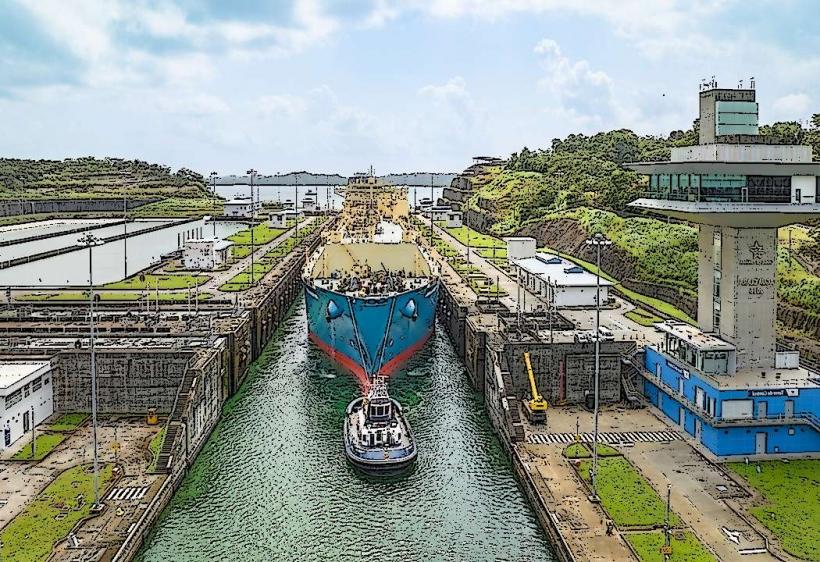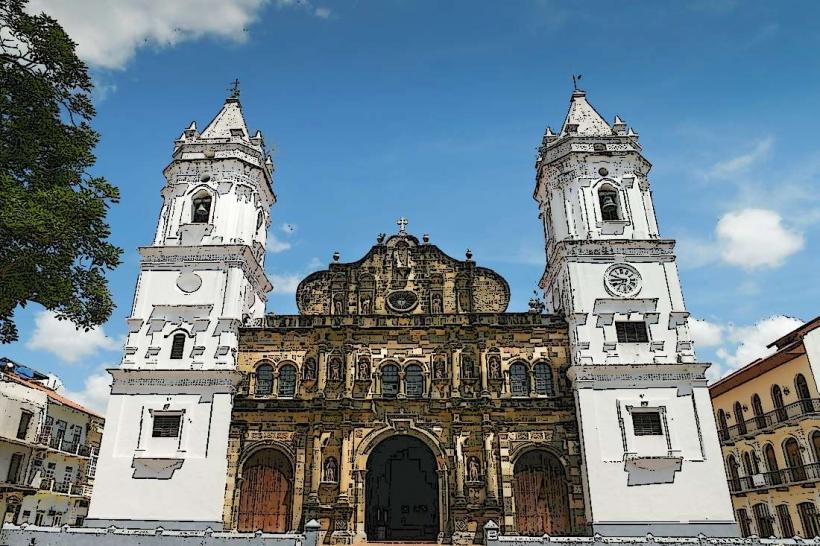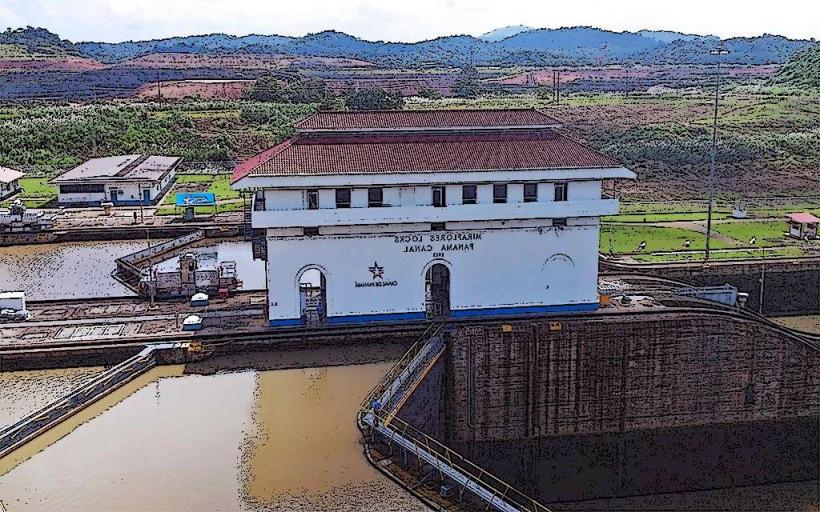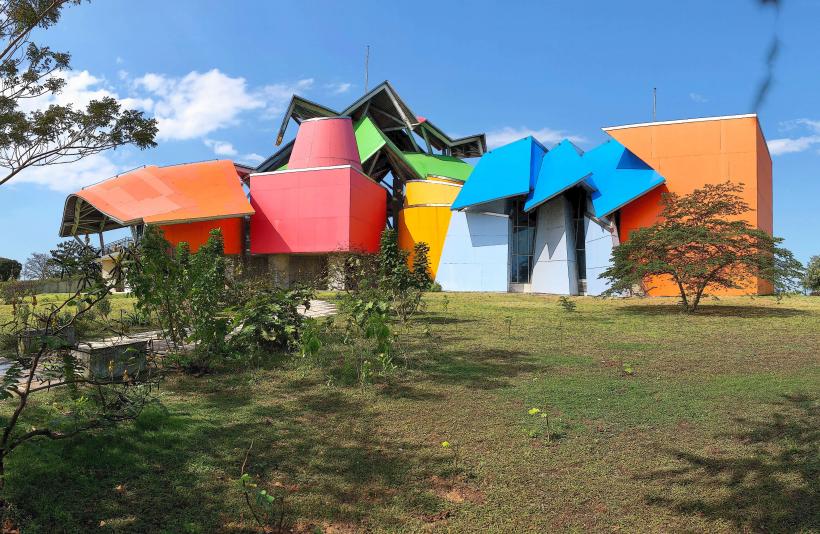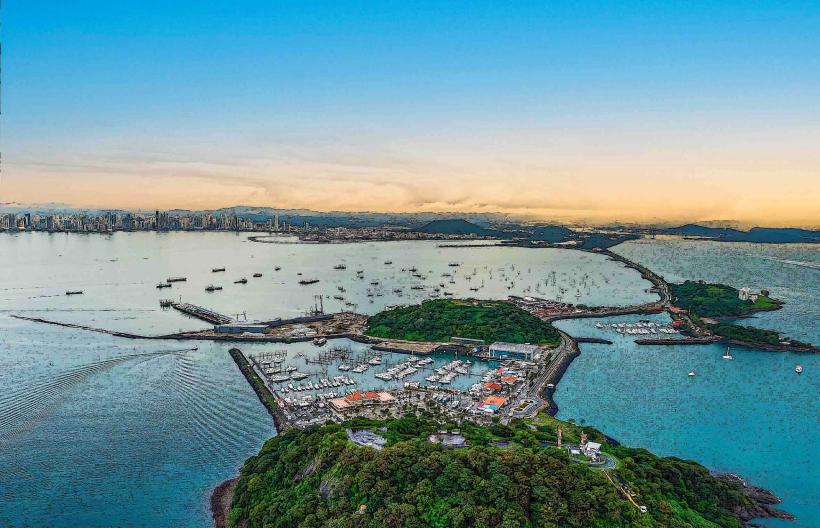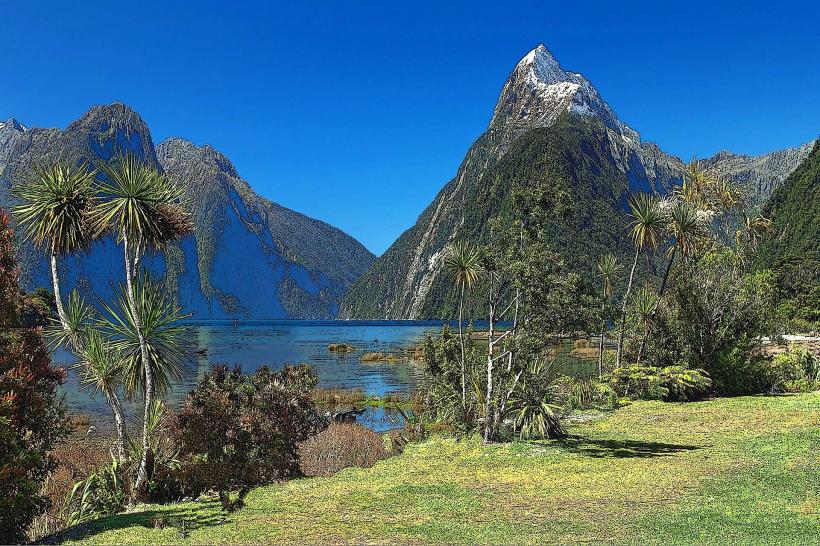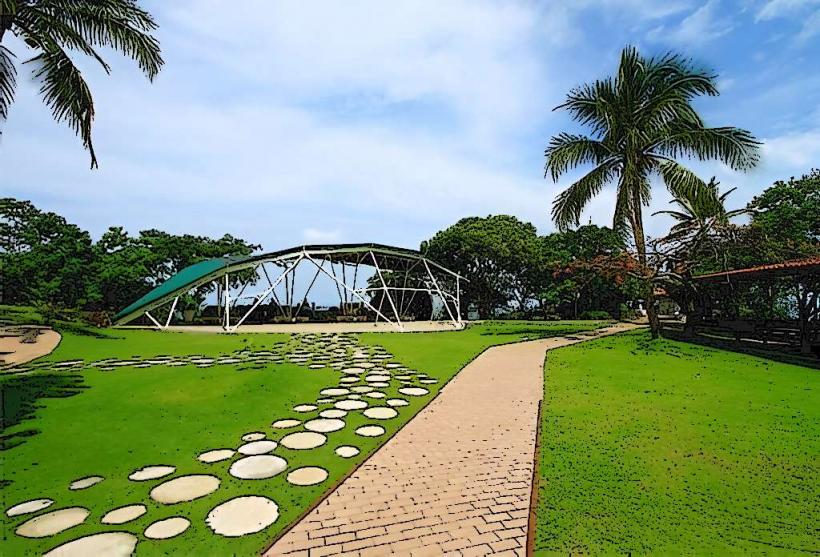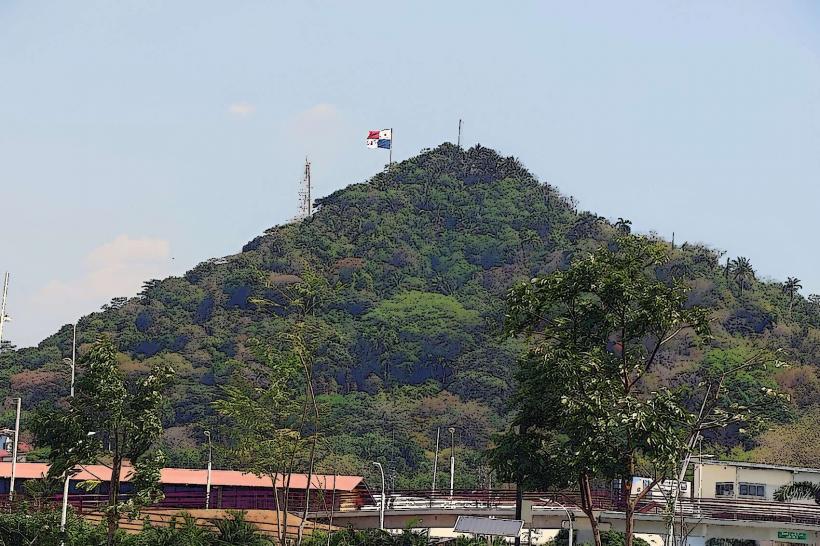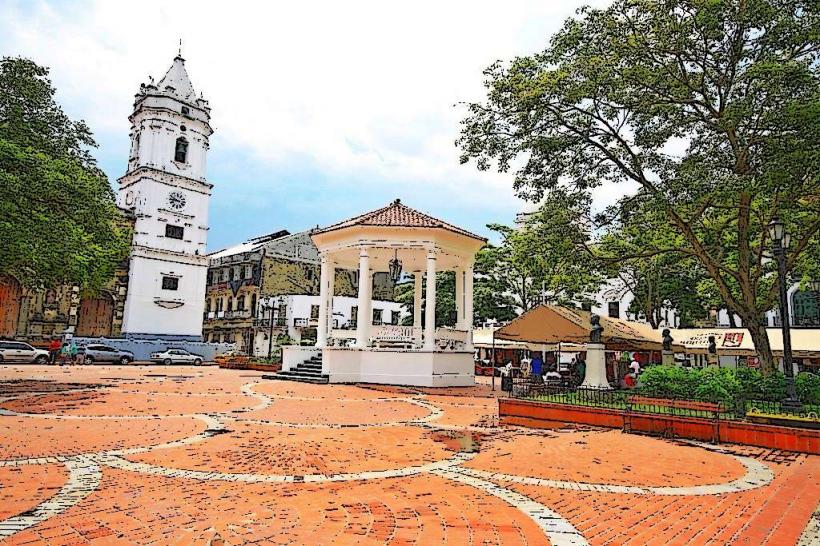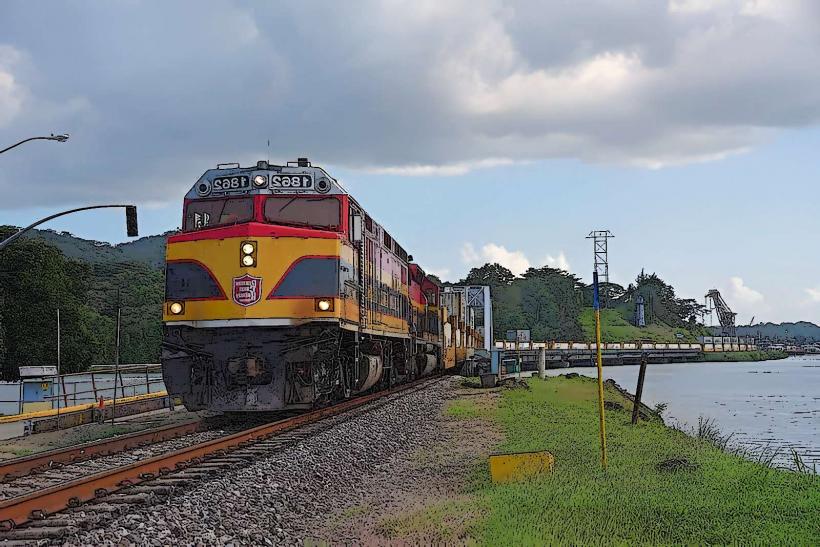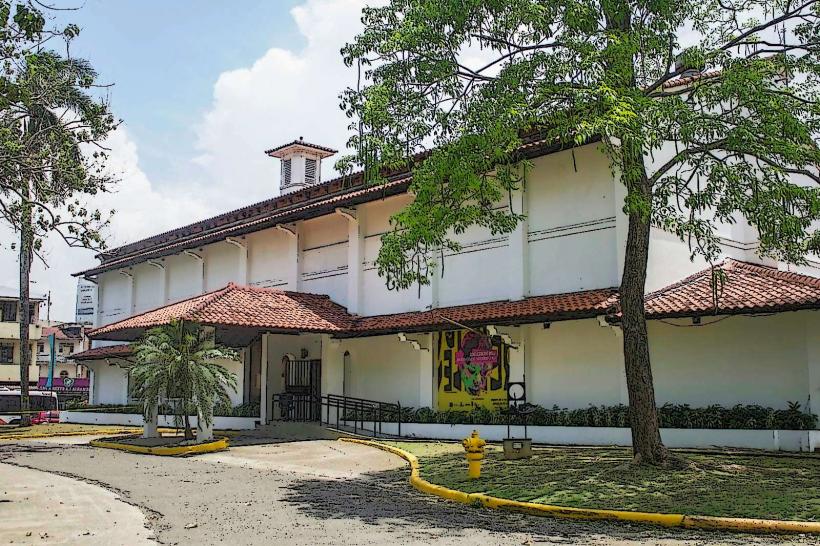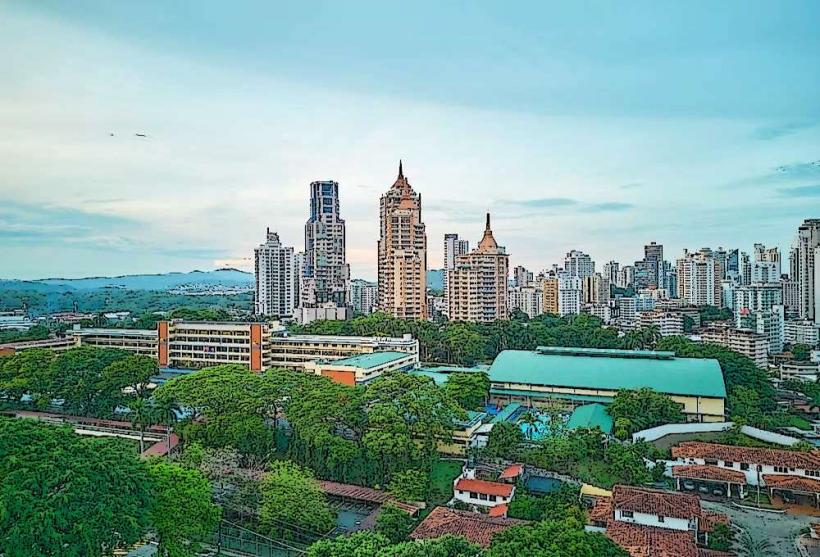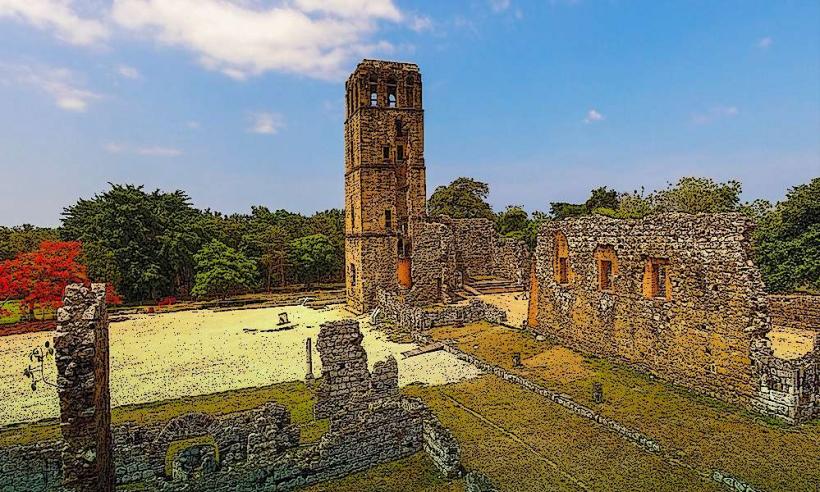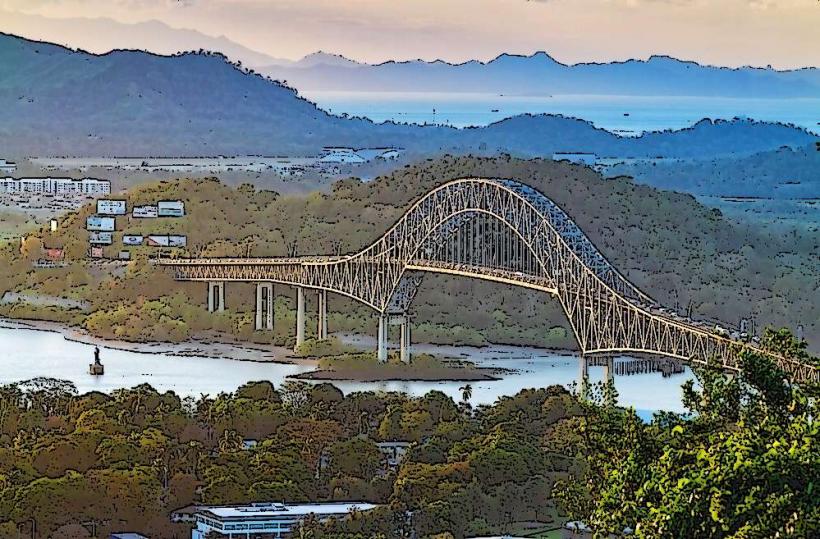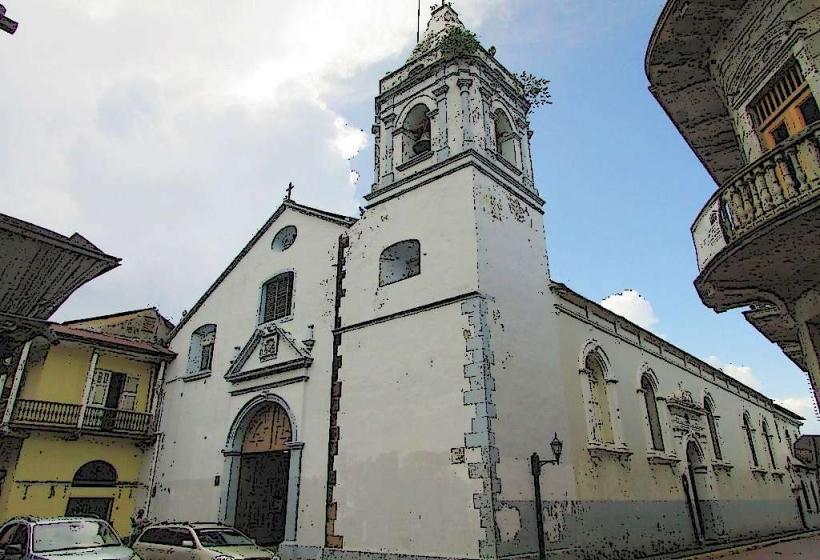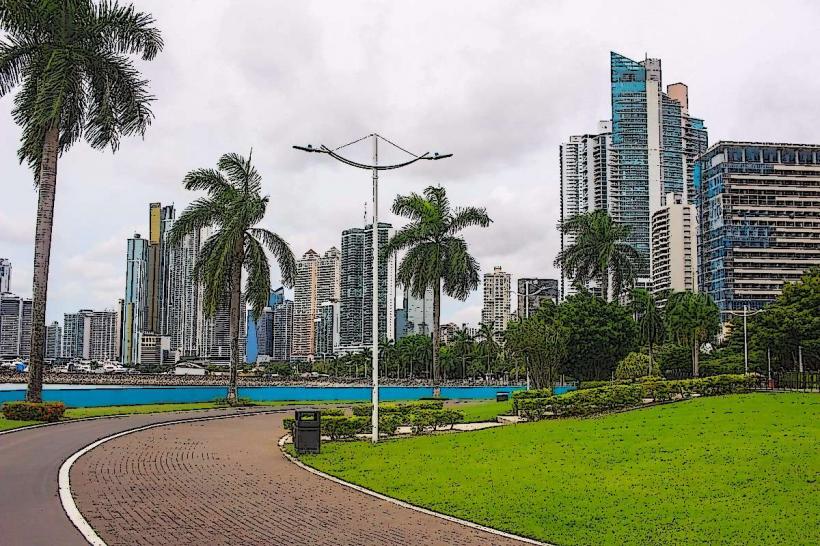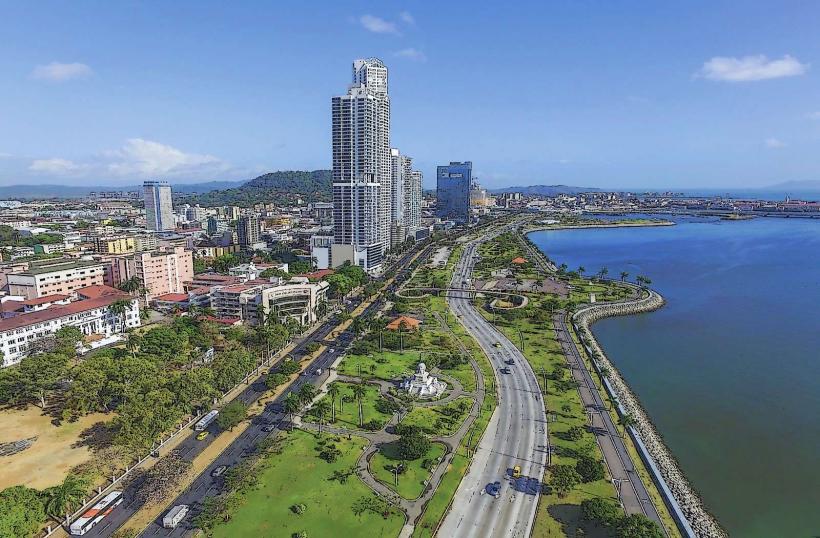Information
Landmark: Casco ViejoCity: Panama City
Country: Panama
Continent: North America
Casco Viejo (also known as Casco Antiguo) is the historic district of Panama City, Panama, and one of the most important cultural and architectural landmarks in the country. This charming neighborhood is located on a small peninsula, just south of the modern city, and has been declared a UNESCO World Heritage Site. Casco Viejo is renowned for its colonial-era architecture, narrow cobblestone streets, and vibrant atmosphere, offering a glimpse into Panama's rich history.
History:
Casco Viejo was established in 1673 after the original settlement of Panama Viejo was attacked and destroyed by pirates, notably Henry Morgan. To protect the city from further raids, the Spanish decided to rebuild Panama City on a new site, which became Casco Viejo. The district was designed with fortified walls, narrow streets, and a layout that aimed to make defense easier. Over time, Casco Viejo grew to become a bustling commercial and cultural hub, with significant influence from Spanish, African, and indigenous cultures.
During the 19th and early 20th centuries, the area began to deteriorate due to neglect, economic decline, and population shifts. However, in the late 20th century, Casco Viejo underwent a major restoration and revitalization effort. Today, it is one of the most sought-after areas in Panama City, attracting both locals and tourists with its historical charm, lively nightlife, and trendy restaurants, bars, and cafes.
Architecture:
Casco Viejo is famous for its well-preserved colonial architecture, which includes Spanish, French, and neoclassical styles. The district features beautiful old churches, mansions, government buildings, and plazas. The Iglesia de San José, with its famous golden altar, and the Teatro Nacional, a grand theater built in 1908, are among the most notable examples of the area’s historic structures.
The buildings in Casco Viejo are often painted in bright, pastel colors, with many featuring wooden shutters, wrought-iron balconies, and ornate facades. These charming buildings are now home to cafes, art galleries, boutique shops, and luxury hotels, blending the old with the new.
Attractions:
Plaza de la Independencia: This central square is the heart of Casco Viejo, surrounded by historic buildings, including the Iglesia Catedral Metropolitana (Metropolitan Cathedral). The plaza is a popular spot for visitors to relax and admire the architecture, and it is often used for events and celebrations.
Iglesia de San José: Known for its stunning golden altar, the Iglesia de San José is one of Casco Viejo's most iconic landmarks. The church was built in the 17th century and remains an important religious site in Panama City.
Cinta Costera: The Cinta Costera is a coastal promenade that stretches along the edge of the Panama Bay, offering beautiful views of Casco Viejo and the modern skyline of Panama City. It’s a great place for a walk, jog, or bike ride, and offers a unique perspective of the old and new parts of the city.
Teatro Nacional: This historic theater, built in the early 20th century, is one of the oldest in Panama City. It hosts performances of opera, ballet, and theater, and its grand architecture is a testament to Panama's cultural heritage.
Museo de Historia de Panamá (Panama History Museum): Located in a former colonial building, this museum showcases the rich history of Panama, from its indigenous roots to its colonial period and beyond. It features exhibits on the construction of the Panama Canal, Panama’s independence, and its cultural diversity.
Plaza Bolívar: A small square named after the Venezuelan independence hero, Simón Bolívar. It is surrounded by beautiful buildings and features a statue of Bolívar, making it a peaceful and historical spot to visit.
Casa del Marisco: The Casa del Marisco, or "House of Shells," is a beautiful old building located near the water in Casco Viejo. It is one of the area’s architectural gems and is a symbol of Panama's maritime heritage.
La Perla: A luxurious boutique hotel located in the heart of Casco Viejo, La Perla is housed in a beautifully restored colonial building and offers an intimate setting for guests looking to experience the area’s rich history and culture.
Nightlife:
Casco Viejo has become a hotspot for Panama City's nightlife, offering a mix of trendy bars, rooftop lounges, and live music venues. The area attracts both locals and tourists who come to enjoy the vibrant atmosphere. You can find lively salsa clubs, cocktail bars with views of the bay, and elegant restaurants serving a mix of local and international cuisine.
One of the most famous nightlife spots in the area is La Rana Dorada, a popular brewpub known for its craft beers and laid-back ambiance. The area also boasts several rooftop bars, offering stunning views of Panama Bay and the modern skyline of Panama City.
Culture:
Casco Viejo is the cultural heart of Panama City, and visitors can experience a vibrant mix of local and international influences. The district is home to a thriving arts scene, with art galleries, street art, and cultural centers showcasing Panama's diverse artistic heritage.
The annual Casco Antiguo Jazz Festival is one of the highlights of the cultural calendar, attracting renowned international and local musicians. The neighborhood also hosts various cultural events, exhibitions, and performances throughout the year, making it a dynamic and ever-evolving hub of creativity.
Restaurants and Dining:
Casco Viejo has a fantastic selection of restaurants, ranging from traditional Panamanian eateries to international fine dining establishments. Diablicos is a popular spot for those wanting to try authentic Panamanian food, offering dishes like sancocho (chicken stew) and ceviche. For a more upscale experience, restaurants like Tomillo offer gourmet cuisine in stylish settings.
The district also has plenty of cafes and bakeries where visitors can sample local pastries and enjoy a relaxed coffee break in the picturesque surroundings.
Shopping:
Casco Viejo is home to many boutique shops selling locally made crafts, jewelry, clothing, and souvenirs. You can find handmade Panamanian hats (known as sombreros panameños), artisan jewelry, and intricate woodwork, as well as contemporary art from local artists. The area has become a hub for high-end fashion stores and design shops, appealing to both tourists and residents alike.
Transportation:
Casco Viejo is well-connected to the rest of Panama City, and visitors can easily reach the area by taxi, public bus, or on foot. While the district itself is small and walkable, it’s advisable to use taxis for trips to and from the more modern parts of the city, as parking can be limited in Casco Viejo.
Additionally, Cinta Costera, the coastal road that runs along the bay, connects Casco Viejo to the modern city center, making it easy for visitors to explore both areas.
Conclusion:
Casco Viejo is a captivating destination that combines Panama's rich history, stunning colonial architecture, vibrant culture, and dynamic modern-day energy. Whether you're exploring the historic streets, enjoying a night out, or simply soaking in the atmosphere, Casco Viejo offers a unique and unforgettable experience of Panama City’s past and present. Its blend of old-world charm and contemporary buzz makes it one of the most attractive areas to visit in Panama.

